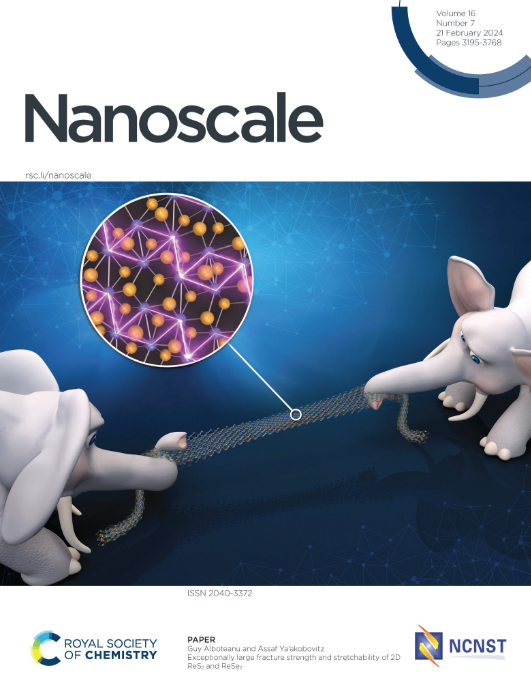Nonspecific metal-coordination-driven controls to higher-order DNA self-assembly
IF 5.8
3区 材料科学
Q1 CHEMISTRY, MULTIDISCIPLINARY
引用次数: 0
Abstract
The interactions between chemicals and DNA molecules provide effective regulation tools for dynamically controlling the self-assembly of higher-order DNA nanostructures, which mostly rely on non-covalent π−π stacking, hydrogen-bonding and electrostatic interactions. If strong covalent interactions could be introduced as a new regulation strategy, the current control toolbox in DNA nanotechnology would be greatly enriched. Herein, we adopt silver ion (Ag+) to demonstrate a general, versatile coordination-driven regulation strategy for higher-order DNA self-assembly, and systematically explore the impacts of Ag+ on the assembly and stability of DNA origami and tile-based nanostructures. The kilobase single-stranded scaffold DNA is condensed into uniform nanoparticles by Ag+, therefore inhibiting the formation of DNA origami while thermal annealing. Switchable disassembly and re-assembly of DNA tile-based architectures through Ag+ and cysteine have been proved. The coordination-driven regulation strategy in this work could in principle be expanded to other metal ions, which might bring unique functions and controls to higher-order DNA self-assembly through metal coordination chemistry.求助全文
约1分钟内获得全文
求助全文
来源期刊

Nanoscale
CHEMISTRY, MULTIDISCIPLINARY-NANOSCIENCE & NANOTECHNOLOGY
CiteScore
12.10
自引率
3.00%
发文量
1628
审稿时长
1.6 months
期刊介绍:
Nanoscale is a high-impact international journal, publishing high-quality research across nanoscience and nanotechnology. Nanoscale publishes a full mix of research articles on experimental and theoretical work, including reviews, communications, and full papers.Highly interdisciplinary, this journal appeals to scientists, researchers and professionals interested in nanoscience and nanotechnology, quantum materials and quantum technology, including the areas of physics, chemistry, biology, medicine, materials, energy/environment, information technology, detection science, healthcare and drug discovery, and electronics.
 求助内容:
求助内容: 应助结果提醒方式:
应助结果提醒方式:


